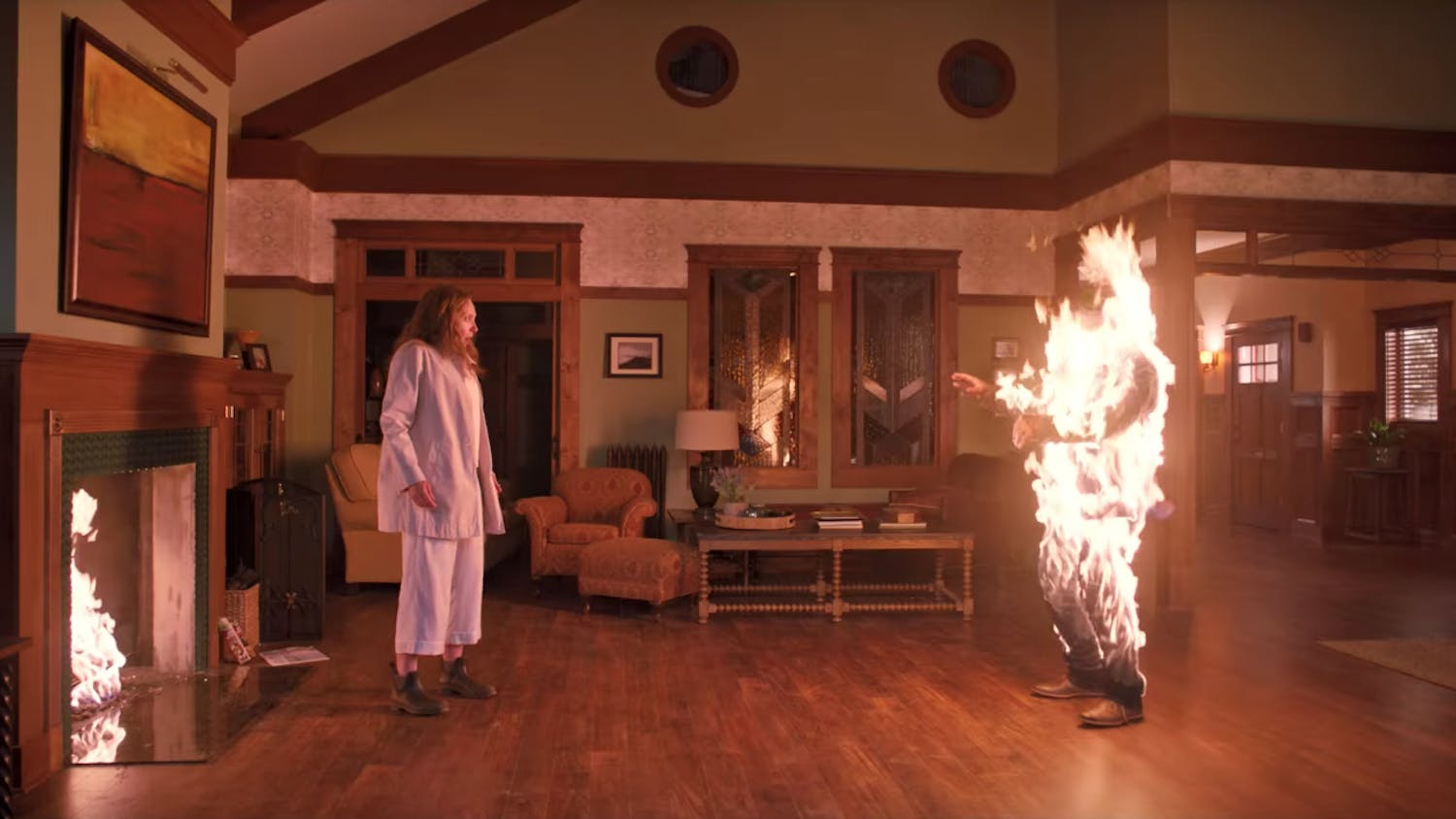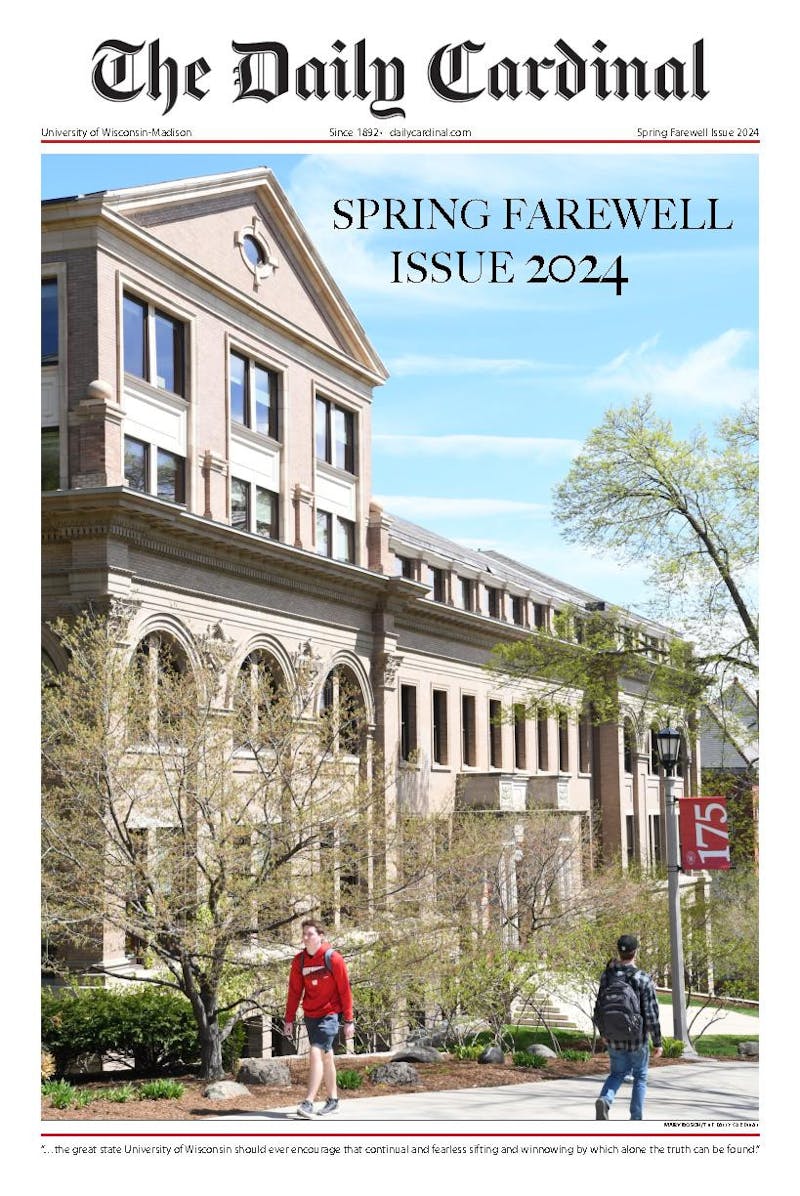How much is there really to say about dialogue in literature?
“The characters speak, things are said, quotation marks are used and you move on.”
“I don’t know if it’s quite that simple,” I told my co-colloquy conspirator. “In fact, I know it isn’t.”
“Well, how much can there really be to it?”
“Dialogue can break an author if they’re not careful. It’s the same with a metaphor or a turn of phrase or a plot point—”
“—Handle With Care?” he interjected.
“Precisely.”
“So how much can you say on the subject?”
“Not enough, unfortunately. I mean, we don’t really have to worry about a definition, do we?”
“Not at all.”
“Good. What we can do is talk about simple rules.”
“Okay. Shoot.”
“Well here’s one: Despite your Nabokovs and your Flauberts haranguing, clichés are a fact of life and your characters will try their damnedest to use them, no matter your own qualms on the subject—which is not to say that you have to condone clichés. Nor should they be a character’s crutch. But they possess a fearsome longevity.”
“Seems like that puts the writer in a bit of a bind.”
“To put it mildly.”
“Would people get mad anyway?”
“Maybe, but if your work is good, it’d all be water under the bridge.”
“What next?”
“Well, accents, I suppose. Dialect, like something out of Their Eyes Were Watching God or Faulkner. Or some of Dickens’s patented Cockney slang.”
“Crikey!” he exclaimed.
“Wrong country.”
“Sorry. What else?”
“Vocabulary, naturally. You can’t reasonably expect a five-year-old to be tossing around words like ‘bricolage’ or using phrases like ‘I request, dear dam, a sempiternal coquelicot,’ would you?”
“Not at all.”
“Another thing to keep in mind is tone. Now, you can employ all sorts of little tics and quirks to affect this. Italics are good—J.D. Salinger would sometimes just italicize a portion of the word to get the cadence right—dashes are also good at conveying rhythm. Ellipses… also work well, but don’t overplay them. Onomatopoeia is also effective. Of course, it’s up to the author to decide how much to tweak plain type with that sort of effect, as long as they do something that satisfies them.”
“What about excitement or volume?” he asked.
“Well,” I said. “Again, it’s up to an author’s taste and discretion as to what goes and what doesn’t.”
“COULDN’T THEY JUST CAPITALIZE EVERYTHING?”
“Shhh! Stop yelling. And no, stuff like that is stupid, 98 percent of the time.”
“Says you.”
“Yes.”
“Well, you’ve got all that stylistic stuff, what about something even more basic?”
“Such as?”
“Like, quotation marks. Do you always need those?”
—Well, James Joyce didn’t use quotation marks in his work; he just made a dash and went from there.
—I see, the other said.
—It’s a lovely technique, but derivative enough these days that I’d caution against using it. Joyce kind of owns it.
So could you just drop the dash if you don’t feel like muddling up the page with quotation marks?
What if I do like Cormac McCarthy and just let all the dialogue hang loose and just forgo commas as well and keep the words sinuous and vehement like the quixotic coruscating fireye that leers to calcine evermore the parched and obstinate mesa using vocabulary no reasonable human would be mean enough to unleash?
“Yeah… you could do that,” I said.
“You got any other tricks?” he asked.
“Well, David Foster Wallace would sometimes just put an ellipsis on the page to denote silence on the part of a character, especially after a particularly long speech. It’s another lovely technique, in principle, but given his stature and legacy, or at least his literary cachet if he isn’t your slice of toast, it can come across as derivative, clichéd, gimmicky or some poor amalgamation of those three.”
“…”
“Now, the last I’ll say about dialogue is subject matter. That’s another thing that’s up to the author, whether they want to try and replicate real speech, be plain and banal, or forgo that dimension or realism to emphasize disposition, or make some philosophical point, or subvert any degree of separation to make the character the author’s bullhorn. The chief question, I think, is what to have a character say and not have a character say.”
“And how do you decide that?”
“That’s the question, isn’t it? It depends on the story, on the author, on… unique circumstances.”
“So is that all there is to say about dialogue?” he asked.
“God no. You could say so much more. Like, it’s a tool of writing in the same way a metaphor or plot is, with an ill-defined set of rules, an ever expanding catalogue, but one that can make or break a writer if they’re not careful.”
Want to discuss all the possible avenues of dialogue? Email Sean at sreichard@wisc.edu





